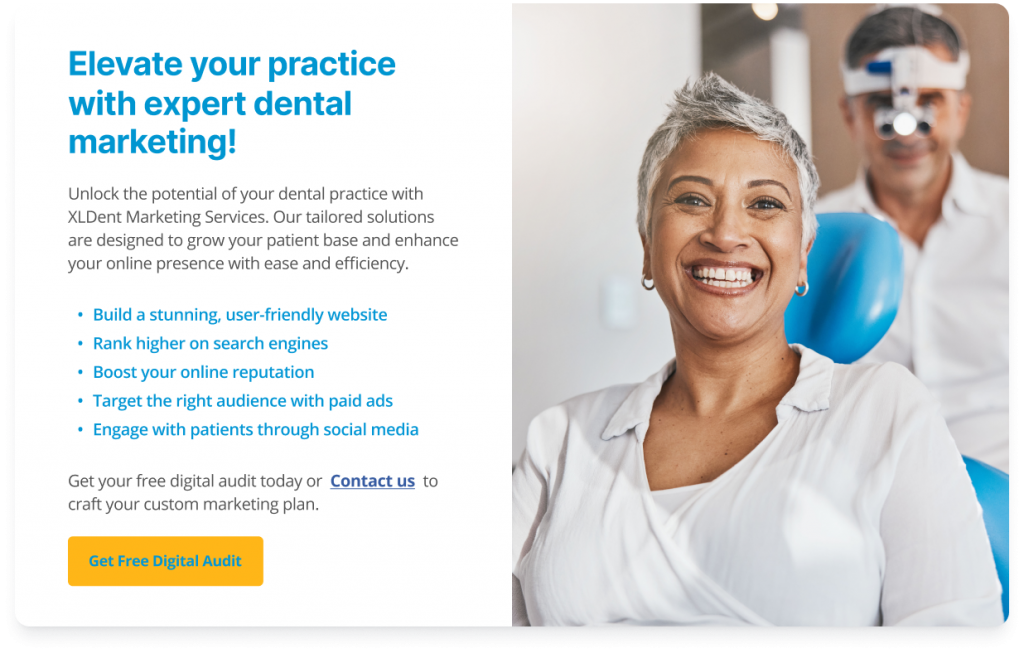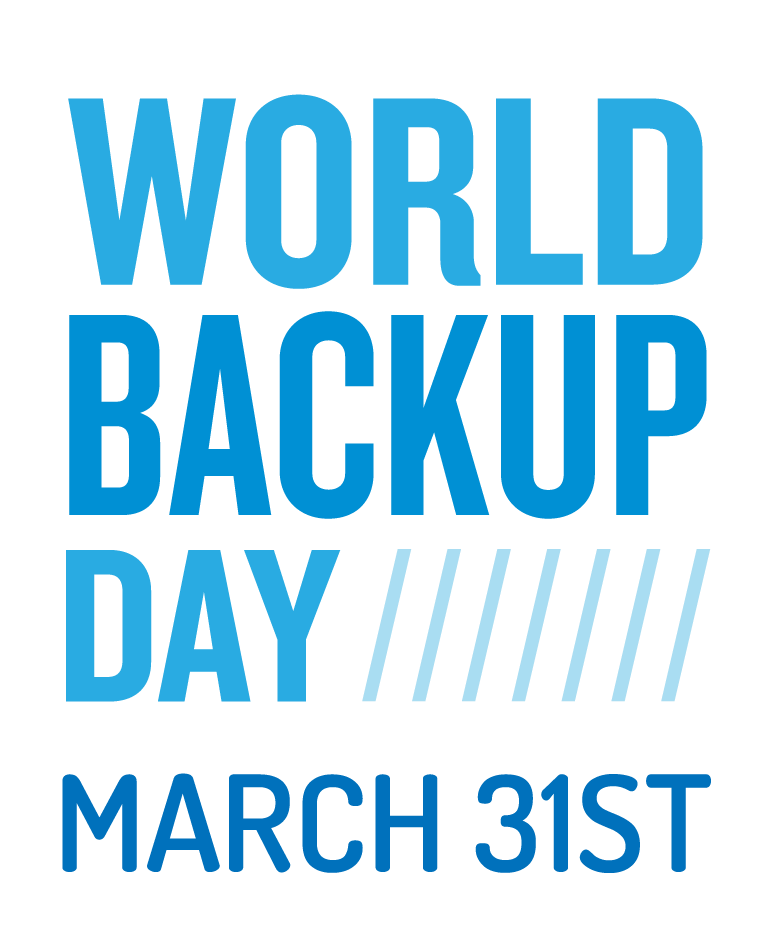Harnessing the Power of SEO: Driving Success for Your Dental Practice
Posted February 14, 2024 by Jennifer G
Having a strong online presence is crucial for any business, including dental practices. With many people turning to search engines like Google to find reputable dentists and clinics in their area, it is imperative to understand and harness the power of search engine optimization (SEO). In this blog post, we will explore the impact of SEO on your dental practice, uncovering the benefits and explaining how you can drive success by optimizing your online presence.
Increased Visibility and Reach
With effective SEO strategies in place, your dental practice can improve its organic search rankings, leading to higher visibility when potential patients search for dental services in your area. By optimizing your website content with relevant keywords and implementing technical SEO enhancements, you can ensure that your practice appears on the top search engine results pages (SERPs) when users look for dental solutions.
Targeted Traffic Generation
By targeting specific dental keywords, you can attract high-quality traffic to your website. SEO enables you to reach potential patients who are actively seeking dental information, treatments, or providers. By aligning your website content with their needs, you can attract qualified leads who are more likely to convert into patients. This direct traffic generation can result in a higher return on investment (ROI) compared to traditional advertising methods.
Enhanced User Experience (UX) and Website Usability
SEO is not only about optimizing search engines; it also focuses on improving user experience. A well-optimized website provides a positive UX by ensuring fast loading times, intuitive navigation, and mobile responsiveness. These factors not only create a pleasant experience for website visitors but also contribute to higher search rankings. Search engines prioritize websites that prioritize user satisfaction, resulting in increased organic visibility.
Building Credibility and Trust
Ranking at the top of SERPs is not only proof of the effectiveness of your SEO strategies but also builds credibility and trust in the eyes of potential patients. When your dental practice consistently appears at the top, users are more likely to perceive it as a reputable and trustworthy source. This perceived authority can influence their decision-making process, leading to increased conversions and a larger patient base.
Cost-Effective Marketing
Compared to traditional marketing channels, SEO offers a cost-effective way to promote your dental practice. Instead of investing in expensive print ads, radio commercials, or television spots, SEO allows you to reach a wider audience at a fraction of the cost. By focusing on organic search results, you can reduce your dependence on paid advertising while reaping long-term benefits.
Competitive Advantage
Staying ahead of the game is crucial. Implementing SEO strategies gives your practice a competitive edge by enabling you to outrank your competitors on search engine results pages. By understanding your target audience’s search behavior, optimizing your website for relevant keywords, and monitoring your competitors’ SEO efforts, you can position your practice as a leader in the field.
Tracking and Analyzing Performance
One of the key advantages of SEO is the ability to track and analyze your website’s performance. Through tools like Google Analytics, you can gain insights into crucial metrics such as organic traffic, keyword rankings, and user behavior. By regularly reviewing and analyzing this data, you can identify areas for improvement, adjust your SEO strategies, and make data-driven decisions to optimize your website and increase conversions.
With more potential patients turning to search engines for solutions, SEO plays a huge role in the success of your dental practice. By implementing effective SEO strategies, you can increase your online visibility, attract targeted traffic, enhance user experience, build credibility, and gain a competitive advantage. Moreover, SEO provides a cost-effective marketing solution with measurable results. Embrace the power of SEO and watch as your dental practice booms in the ever-growing digital landscape.
Remember, at XLDent, we are committed to helping you optimize your dental practice’s online presence. With our broad suite of dental marketing solutions, you can seamlessly integrate SEO strategies into your daily workflow, streamline patient experiences, and achieve exceptional outcomes. Partner with XLDent and embark on a journey towards digital success today.






 Subscribe
Subscribe Subscribe
Subscribe



